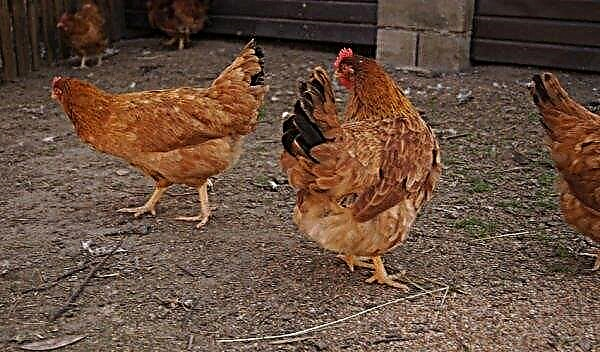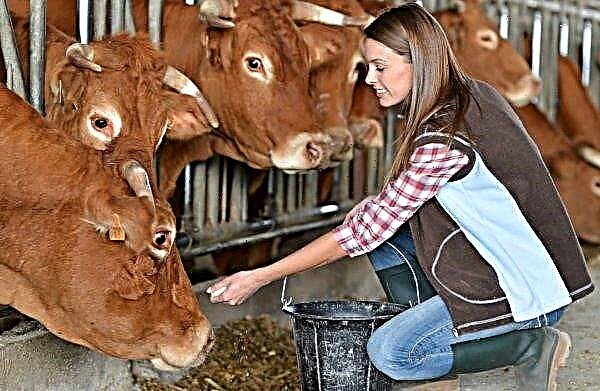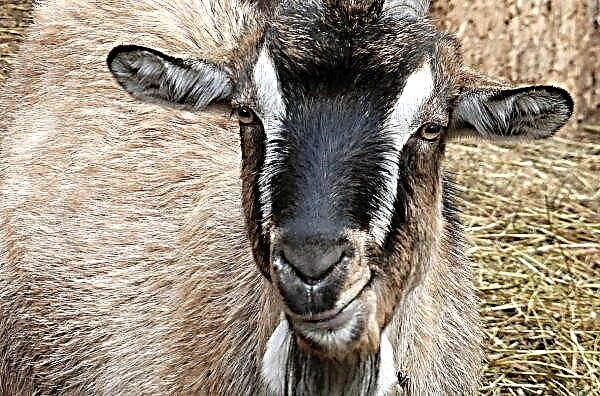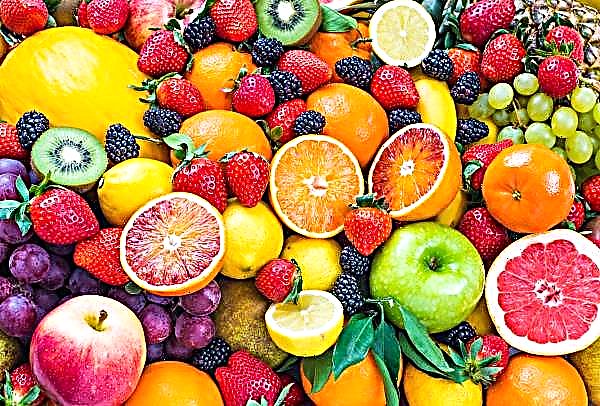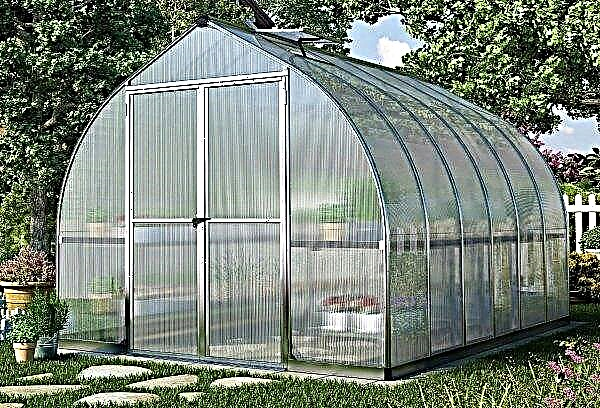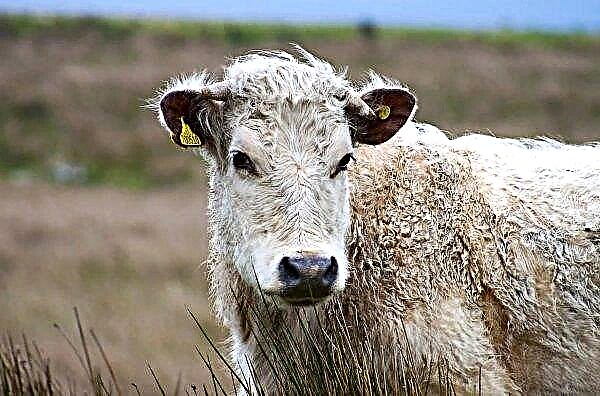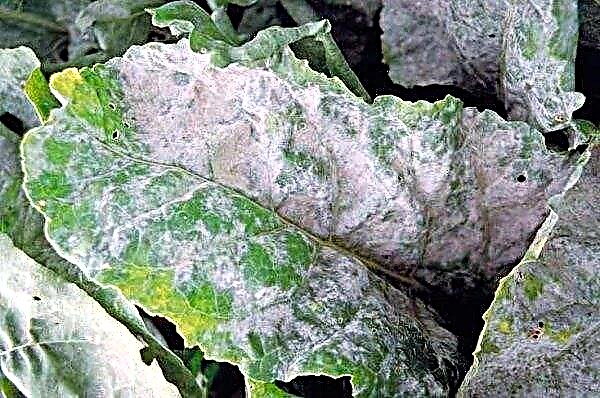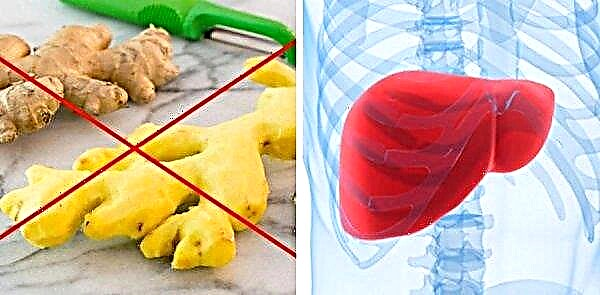The breed of rabbits Flanders is an ancient and long-established. But these giants often break stereotypes about furry cute animals, because their sizes are somewhat larger than usual. All information about rabbits of this species will be considered in this article.
Origin
The origin of the breed is quite controversial, since several countries attribute to themselves the right to breed it. These rabbits could appear both in Belgium (what their name hints at) and in adjacent states - France, Germany and even in distant Argentina.
Most rabbit breeders are inclined to recognize these giants as a Belgian breed. The species has been known since the 17th century, when breeders began to improve it in the direction of fertility and endurance.
Description of appearance
Massive and clumsy rabbits do not have the most presentable appearance, but they are valuable not in appearance, but in weight and food quality.
| Appearance | Characteristic |
| Color | White, sandy, sand brown, dark gray, black |
| Torso | Long (up to 90 cm), curved |
| Head | Large with big cheeks |
| Eyes | Dark, deep |
| The ears | Long, fleshy, strong |
| Mustache | Small, inconspicuous |
| Neck | Short, recessed in the body |
| Paws | Front - short, rear - medium length |
| Tail | Long, bent |
| Claws | Small, in pads, match the color of the coat |
Rabbits of flanders are very similar to babies of the breed of gray giant, which was bred in the middle of the last century in the Poltava region of Ukraine using gene material from flanders.
Did you know? A fashion trend in Europe is keeping flanders as pets — instead of cats or dogs.
External differences in the breeds are as follows:
- the color of the skin - in gray giants it is lighter and with a blue tint;
- back shape - the back of the Poltava residents is straight;
- skin - the giant she is not so high quality;
- weight gain - giants are actively increasing their weight by month;
- legs - representatives of the Ukrainian breed have strong and short legs.

Character
Despite their large size, these rabbits have an extremely calm disposition, are responsive and non-conflict. Animals become attached to their owners, especially to children. In openness and friendliness, flanders are very similar to dogs and are often kept not for breeding and slaughter, but as pets.
Flanders are friendly, sociable, have high intellectual abilities and are extremely trustworthy to people.
Productive qualities
The productivity of the breed comes from its size - the largest rabbits bring the most meat. The unpretentiousness of animals to the diet contributes to the output, which allows to accelerate the mass gain. An average individual can produce 3-4 kg of meat, which is up to 60% of live weight.
Pros and cons of the breed
The appearance and characteristics of the breed make experts and breeders split their opinions into exactly the opposite. Some consider its representatives ugly, while others contain them in the form of pets, cherishing in every possible way. Each is right in his own way - this species, like any other, has advantages and disadvantages.
- Pros:
- low dietary requirements;
- a large number of babies in the litter;
- good milk rabbit and high quality milk;
- soft and calm character with a complete absence of aggression;
- immunity to a wide variety of diseases.
- Minuses:
- gluttony and a constant feeling of hunger;
- late puberty;
- low quality of the skin, despite the large area;
- low meat yield;
- disadvantages of the development of the fetus - the birth of rabbits with defects;
- the high price of purebred individuals - for as much as they cost (from 800 to 2000 rubles per pet), you can purchase several representatives of good Russian breeds.

How to choose a flander rabbit
A rabbit is selected from a 2-3-year-old rabbit - such an age is considered optimal for reproducing high-quality offspring.
Important! The baby should be fed breast milk for at least 2 months, after which it is considered to be stronger for further independent life. Such kids can become good producers.
Fundamental rules
When choosing rabbits for a household, you can follow these tips:
- a large number of babies in the litter is a sign of fertility;
- the age of the rabbit should be average (2-3 years);
- babies and their mother should be clean and well-groomed;
- no sticking and darkening of the hair on the legs.
Signs of Purebredness
Typical "pure" representatives of the species have the following qualities:
- pubescent, wide erect ears up to 17–25 cm long with a black border on the upper edge;
- large chubby cheeks;
- wide chest with sufficient depth;
- body length - up to 90 cm;
- weight at the age of 8 months - about 6-7 kg.
- the color can be the most diverse - from white to black, so no color is rejected.

Signs of a pedigree marriage
Breed marriage is quite rare, since this species is almost ideal for breeding.
Important! The nature of the animals is also determining the standard of the breed - real flanders are aristocratically calm and friendly.
But deviations from the standard still occur:
- short body length - small rabbits in a large breed are simply rejected;
- lack of mass in the developmental age;
- disproportionate head size - too large or small;
- short ears - up to 17 cm;
- aggressive behavior, lack of complaisance.
Keeping Flanders
The conditions for keeping the breed are determined based on the size, nature and diet of the animals.
What should be the room
This large rabbit needs a large cage, the dimensions of which for a pet's comfortable stay should be as follows: 110x70x50 cm. If the rabbit contains babies in the cage, then the minimum dimensions are: 170x110x50 cm.
The bottom of the cage is preferably wooden, from smooth planks, with a dry bed of hay. The mesh bottom can injure the delicate paws of animals and cause them discomfort. To the temperature regime flanders are undemanding, since their thick coat helps to cope with the cold, except for the most severe days. Pets, like any other rabbits, will arrange a warm, dry, spacious and lighted room.
To the temperature regime flanders are undemanding, since their thick coat helps to cope with the cold, except for the most severe days. Pets, like any other rabbits, will arrange a warm, dry, spacious and lighted room.
Feeding Features
Rabbits are unpretentious in nutrition, but this breed is extremely gluttonous due to its large size. This fact must be taken into account when preparing fodder for the long winter. Animals enjoy eating hay, which is their main food. But the diversity of the diet is a help in weight gain and good mood of the pet.
Rabbits eat three times a day, an approximate daily diet is as follows:
- on the breakfast juicy food (silage, sprouted grain, vegetables) is given - about 50 g per individual;
- at dinner, depending on the season, animals are plentifully fed with freshly cut grass or hay;
- on the dinner You can add silage and compound feed to grass feed - not more than 50-60 g.
Feeding should be carried out at a certain time, so that the pets are accustomed to the diet. Fresh food is kept in the air for 2-3 hours, so that it wilts. All vegetables must be thoroughly washed before serving, the beans should be steeped for several hours, and the grains and cake should be ground.
The rabbit who feeds the kids needs to be given mash-ups of raw vegetables - pumpkins, zucchini, cabbage, carrots, beets. In the diet of rabbits there must also be mineral substances - salt, sources of calcium (bone meal).
In the diet of rabbits there must also be mineral substances - salt, sources of calcium (bone meal).
There should always be clean and fresh water in the drinker. These large animals often quench their thirst, so you need to constantly monitor the presence of fluid in the devices for drinking.
Some fresh herbs or feeds can be harmful to rabbits. Animals cannot be fed with tops of plants of the solanaceous family (potatoes, tomato, eggplant, etc.), branches and foliage of stone fruit trees, elderberry, poisonous herbs. Any frozen foods are also undesirable.
Important! The delicate stomach of rabbits needs to be prepared for new food - a gradual increase in dose lasts up to five days. Stale, dirty, moldy food is strictly prohibited!
All of the listed forbidden foods can cause not only severe poisoning in a pet, but also a fatal outcome.
Care and Cleaning
Flanders, like many of their other relatives in the family, are clean animals whose maintenance requires constant care. Cleaning of the cages and walking areas must be done daily, as the litter quickly gets wet and can cause various diseases of the tender rabbit legs.
For all its resistance to diseases, animals need to be given preventive vaccinations against major infections - myxomatosis, pasteurellosis, hemorrhagic disease. The vaccine is administered for the first time at the age of 1.5–3 months; further vaccinations are given every six months.
Did you know? The rabbit's chewing rate is 120 times per minute. During this time, the food has time to turn into a homogeneous mass, which is well absorbed.
It is worth noting that only healthy individuals are vaccinated, while already infected individuals are either being treated or rejected.
Breeding rabbits flanders
There are no difficulties in breeding - females are prolific and high-milk, so all cubs will be fed. Moreover, rabbits of this breed do not try to eat their babies. Pregnancy lasts up to 28 days and goes well even with a large number of rabbits - usually 6–9 rabbits in a litter, but it happens up to 12–15.
Farmers should avoid autumn showdowns, as the animal organism during this period is depleted of molt.
Selection Principles for Reproduction
For breeding, you need to select two representatives that meet the breed standard. Given the presence of a variety of colors in the standard, there is no special control over any “correct” color - meat indicators are more important.
The animal's health is passed on to its offspring, therefore purebred representatives of the breed are used for breeding or breeding strong individuals. Rejected rabbits should not be used for breeding even with each other.
Pregnancy and foster care
Maturity among the flanders comes quite late - at the age of 8–9 months. Rabbit sexual hunting appears every 5–7 days in the summer and every 7–9 days in the winter. During this period, it must be planted in a cage or aviary with a male. The case is the same as that of other rabbits.
A pregnant female is protected from extraneous noise, she is well fed and watered with clean water. After 4 weeks, rabbits are born. During the first round, the female can bring a small number of babies. This is not a reason to reject it - these are the features of the species. The following litters will be much more plentiful.
During the first round, the female can bring a small number of babies. This is not a reason to reject it - these are the features of the species. The following litters will be much more plentiful.
Rabbit Care
Expectant mother needs a spacious cage, good nutrition and clean, dry bedding. The rabbit will do the rest herself - she will give birth and feed the babies.
The farmer only needs to monitor the correct weight gain of newborns:
| Rabbit age, month | Weight kg |
| 1 | 0,7 |
| 2 | 1,5 |
| 3 | 2,5 |
| 4 | 3,5 |
| 5 | 4,5 |
| 6 | 5,5 |
| 7 | 7 |
If the rabbits will be raised for production, then they should be near their mother for two months. Babies who are preparing to be slaughtered need to be separated from the rabbit after reaching the age of 1.5 months. Children should be examined daily, and if pathologies are found, consult a veterinarian immediately.
Feeding the young
During the first three weeks after birth, small flanders feed on breast milk. Then they begin to leave the nest and try “adult” food. It is worth watching that the kids initially receive soft and juicy food 3 times a day. After several days (5-7) of getting used to food, more complex formulations and vitamins can be given.
Vaccination
The first vaccination against major diseases, as mentioned above, is given to rabbits at the age of 1.5 months. If the baby looks healthy and joyful, vaccinations should be postponed for a month and a half.
As in the case of people, veterinarians have no consensus on the need for preventive vaccinations. Proper care and good conditions are the best disease prevention.
The breed of flanders rabbits is interesting in many aspects - it is a calm pet, and a large meat breed with a good yield of a quality product, and a favorite of households. With these rabbits, it will definitely not be boring - neither in keeping, nor in breeding.

